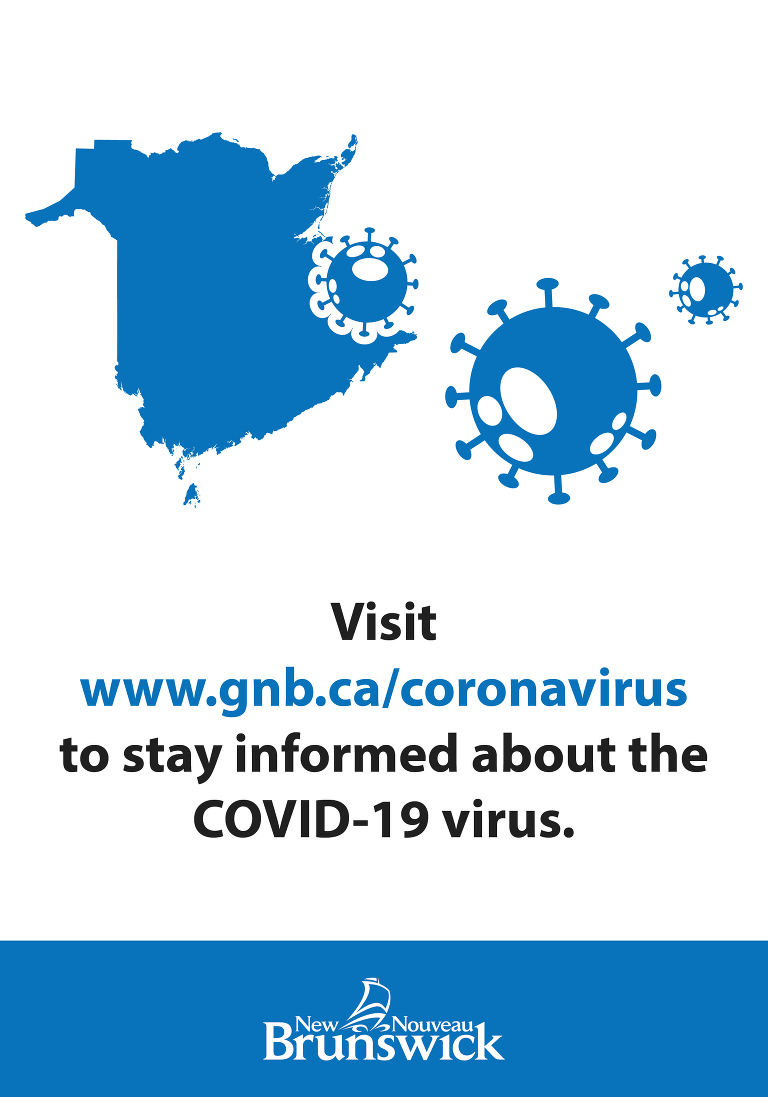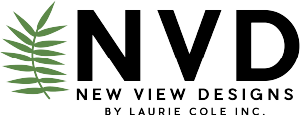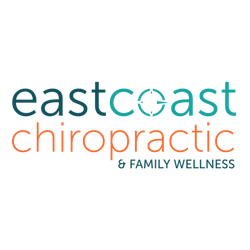.png)
As parents we obviously don’t want to cause ANY harm to our children. We do everything we think we can to protect our little ones. However, there are some common things you may be doing that are negatively affecting the health of your baby’s spine and nervous system.
The spine and nervous system are the first things to develop during the embryonic stage. It makes sense… the nervous system directly or indirectly controls the function and coordination of EVERY OTHER system in the entire body: from muscle growth and development, to proper digestion and assimilation of nutrients in the gut, to heart and respiratory rate, language development, moods, and behaviour.
In fact, without an optimally functioning spine and nervous system there is no way your body can function at 100% of it’s potential (no matter what your age is!).
The health of your spine and nervous system is often neglected and because the nervous system is so far reaching, problems may be affecting your child in ways you aren’t even aware of. So, here are 5 common things that can contribute to problems in the spine and nervous system and how you can correct them:
1. Diaper Changing
The most common way parents change diapers is by grabbing the ankles and lifting the lower body up in the air off the change pad. This suspension creates a fulcrum against the changing surface and puts pressure on the middle region of the spine. The best way to change your babies diaper is by rolling them to one side and then the other. This keeps their spine neutral and in proper alignment. Putting stress on the upper lumbar and lower thoracic spine is especially something you want to avoid for colicky/gassy babies.
Click here to watch a quick video that demos the best (and not so great) ways to change your baby’s diaper.
2. Picking Them Up
Parents often pick their babies up by wrapping their hands around the rib cage right under the armpits. Check out this quick video for an explanation of why this is bad for the spine and a demonstration on how to safely lift your baby. This one is important!
3. Carriers
Baby wearing has amazing benefits for both mom and baby. Upright carrying optimizes the physical, emotional and intellectual growth of your baby (all coordinated by the Nervous System). We highly recommend wearing your baby, however some carriers are just better than others. The hip joints are part of your babies pelvis, which is directly connected to your baby’s spine. You may have noticed your family doctor or chiropractor checking your baby’s hips – this is to make sure their is no abnormal development in these joints (called hip dysplasia).
Here are some features of a good carrier:
- they have a wider seat that supports the legs up to the knee (takes pressure off the hips)
- they ensure larger hip angles, especially in the front-carry facing out position
- great options: Ergo, Tula, Boba, Moby, ring slings (and there are others…)
Some things to avoid:
- a seat that supports the crotch leaving the legs to hang and dangle in an unnatural position
- generally the Baby Bjorn (especially in the face out position) has been criticized for its suboptimal ergonomic positioning.
.jpg)
.jpg)
My personal favourites were the Boba wrap before 3 months and the Ergo Baby 360o after that.
Wearing your baby more also means less time for them spent lying on their back. This is also beneficial for the spine and skull. When a baby is born their spine is in a C-shape (until they develop head control and the ability to crawl). Lying on the back stretches the C-shape out into a physiologically unnatural position. Plagiocephaly (flattening of the back of the skull) can also occur with prolonged time spent lying on flat surfaces. Wearing your baby is the most natural and calming position for them in the first few months and has many health benefits.
4. Jolly Jumpers (and walkers, exersaucers and jumparoos)
There are many reasons why parents use these supportive baby devices. Although you may have heard that they can help develop muscle tone and improve walking skills, this is simply not true.
While learning to sit up on their own, crawl and stand up, a child’s bones and connective tissues are loaded due to gravity and this helps them become stronger. The more of their own body weight they have to support, the stronger they will become. Supportive devices decrease the stimulus on muscles and bones.
Each stage of development is important and has a purpose. Skipping them, or decreasing the time your baby spends in each of them by introducing supportive devices can be detrimental to reaching their developmental potential (muscle strength, coordination, balance).
Learning to sit, stand and walk on their own also improves their proprioception (the body’s ability to know where it is in space). This is vital for balance, coordination, and an overall sense of awareness of their own body.
These devices are especially not recommended for babies with developmental delays, toe walkers, premature babies and children with increased stiffness (tone) in their lower limbs.
Our suggestion is to greatly minimize the use of these devices as much as possible. When using them, don’t leave your baby in them for longer than 10-15 minutes at a time, no more than twice a day.
A few of the reasons why they are not ideal for your babies body and spine: they force your baby to weight bear often before they are ready, they can cause them to bear weight on their tip toes as opposed to flat on their feet, their hip position in the saddle is commonly not ideal, and they engage in fast uncontrolled movements before they are naturally ready.
Ultimately, too much time spent in a device that allows the baby to rely on outside assistance versus their own initiative is not healthy.
5. Car Seats and Strollers
As mentioned above, when your baby is first born their spine is shaped like the letter C. As they start to gain head control and hold their head up, their cervical lordosis (neck curve) starts to develop. With tummy time and crawling their lumbar lordosis (low back curve) starts to develop.
Too much time in car seats and strollers can affect the optimal development of these curvatures of the spine. The straps prevent them from using their muscles to move around. As already mentioned, too much time spent lying on the back (in a stroller pram for example) also puts a lot of pressure on the skull and can contribute to plagiocephaly.
Spending lots of time on the floor, using their muscles to explore their environment is best. Minimize unnecessary time spent in car seats and strollers as best you can.
When choosing a car seat, find ones with the widest seat bases so that the legs are able to spread out and not be squished together. There should be lots of space in between the knees allowing them to maintain that frog like position in the hips.
.png)
Ok so here is the reality check:
- Sometimes you need the use of both your hands.
- Sometimes you need a break from holding them.
- Sometimes you need to quickly pick them up from under their armpits.
- Sometimes you need to clean their bottom by lifting their legs up.
- Sometimes you need them to be in their car seat for a while.
We understand, and it’s ok.
It is IMPOSSIBLE to prevent every bit of stress on your baby’s spine and nervous system.
But the best way to minimize the effects of these stressors on your baby’s spine is to improve their body’s ability to handle them. That’s where Chiropractic can help. By optimizing spine and nervous system function with chiropractic care, your baby has the best chance at handling stress, reaching their potential, and living life at their highest level possible.
About the Authors/Chiropractors
.png)
I’m Dr. Marie and I love helping moms and moms-to-be who think differently. My passion for chiropractic, exercise, food, and motherhood are what drive me to wake up everyday, to live life to the fullest, and to help others do the same. I grew up in suburban Toronto but always envisioned ending up somewhere quite different. My visions of the perfect place to live became a reality here in Fredericton. Before moving here I did my undergraduate degree at Western University in London, Ontario and then earned by Doctor of Chiropractic degree in Toronto. While studying for my dream job I also found my dream husband. Along with our newest addition, Zoey, we help families reach more of their health potential.
I’m Dr. Graham and I love being a dad. My daughter Zoey is my inspiration to be as healthy as I can be and to help as many families as I can do the same. I grew up in Fredericton, did my undergraduate education at UNB and then moved to Toronto to complete my 4-year Doctorate in Chiropractic at the Canadian Memorial Chiropractic College. It was there that I met my wife Marie. I managed to convince Marie to move back east with me to start our practice and our family. We opened East Coast Chiropractic with a big vision and have been helping lots of families live happier, healthier lives ever since.
Like us on Facebook if you want to join our community of health conscious families.
.png)




















Such great information!!! Thank you, thank you!
Carla, you are very welcome!
I would LOVE to come see you guys! Im a newbie, but excited to give it a try!
Our team looks forward to meeting you, Kelly!